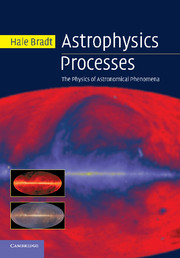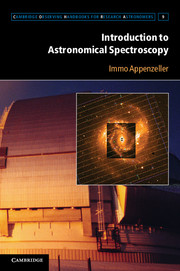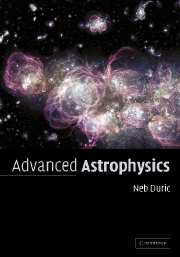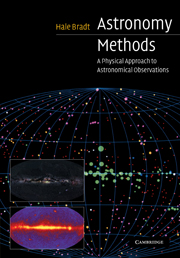Astrophysics Processes
Bridging the gap between physics and astronomy textbooks, this book provides step-by-step physical and mathematical development of fundamental astrophysical processes underlying a wide range of phenomena in stellar, galactic, and extragalactic astronomy. The book has been written for upper-level undergraduates and beginning graduate students, and its strong pedagogy ensures solid mastery of each process and application. It contains over 150 tutorial figures, numerous examples of astronomical measurements, and 201 exercises. Topics covered include the Kepler–Newton problem, stellar structure, binary evolution, radiation processes, special relativity in astronomy, radio propagation in the interstellar medium, and gravitational lensing. Applications presented include Jeans length, Eddington luminosity, the cooling of the cosmic microwave background (CMB), the Sunyaev–Zeldovich effect, Doppler boosting in jets, and determinations of the Hubble constant. This text is a stepping stone to more specialized books and primary literature. Password-protected solutions to the exercises are available to instructors at www.cambridge.org/9780521846561.
- Contains many excellent tutorial diagrams, and mathematical derivations are carefully worked out, so readers can easily follow the materials
- Contains exercises, with solutions available to instructors online
- Emphasis is on fundamental processes, including radiation processes
Reviews & endorsements
'The author's engaging writing style makes this a very enjoyable book. Each topic starts with interesting observational material, then goes to a discussion of the physical concepts, amplified by mathematics, and very good figures, and then ties it up by finishing with more observational applications, either solving the problem posed at the beginning of the chapter or presenting new ones. This is a perfect book for seniors.' Marc L. Kutner, author of Astronomy: A Physical Perspective
'A lucid introduction to a selection of basic topics in astronomy, explaining the physics behind the astrophysics. Radiative processes are treated with just the right level of rigor that students learn how to carry out useful computations while developing their physical intuition. I have successfully used portions of this book for my first-year graduate class.' Eugene Chiang, Associate Professor of Astronomy, University of California, Berkeley
'This excellent book takes 12 areas of astrophysics, starting with Newton and Kepler and ending with gravitational lensing and sets out the underlying physics in clear fashion. … Highly recommended.' Guy Pooley, The Observatory
Review of Astronomy Methods, also by Hale Bradt: '… a brilliant addition to the pedagogy. It is timely, focused, well written, and at the appropriate level … Astronomy Methods will be useful to all students of astronomy and astrophysics, irrespective of whether they intend to specialize in observational astronomy. The material can be adapted easily for various related courses, which makes the book even more valuable.' Physics Today
Product details
May 2014Paperback
9781107677241
534 pages
244 × 170 × 27 mm
0.84kg
Available
Table of Contents
- Preface
- 1. Kepler, Newton, and the mass function
- 2. Equilibrium in stars
- 3. Equations of state
- 4. Stellar structure and evolution
- 5. Thermal bremsstrahlung radiation
- 6. Blackbody radiation
- 7. Special theory of relativity in astronomy
- 8. Synchrotron radiation
- 9. Compton scattering
- 10. Hydrogen spin-flip radiation
- 11. Dispersion and Faraday rotation
- 12. Gravitational lensing
- References
- Acronyms
- Appendix
- Index.







